Copyright laws are essential for protecting the rights of creators and ensuring that their work is not used without permission.
We will explore the concept of copyright, its purpose, and the different types of works that can be protected.
We will also discuss the rights of copyright owners, exceptions to copyright laws such as fair use and the public domain, and the duration of copyright protection.
Join us as we delve into the intricacies of Florida’s copyright laws.
Key Takeaways:
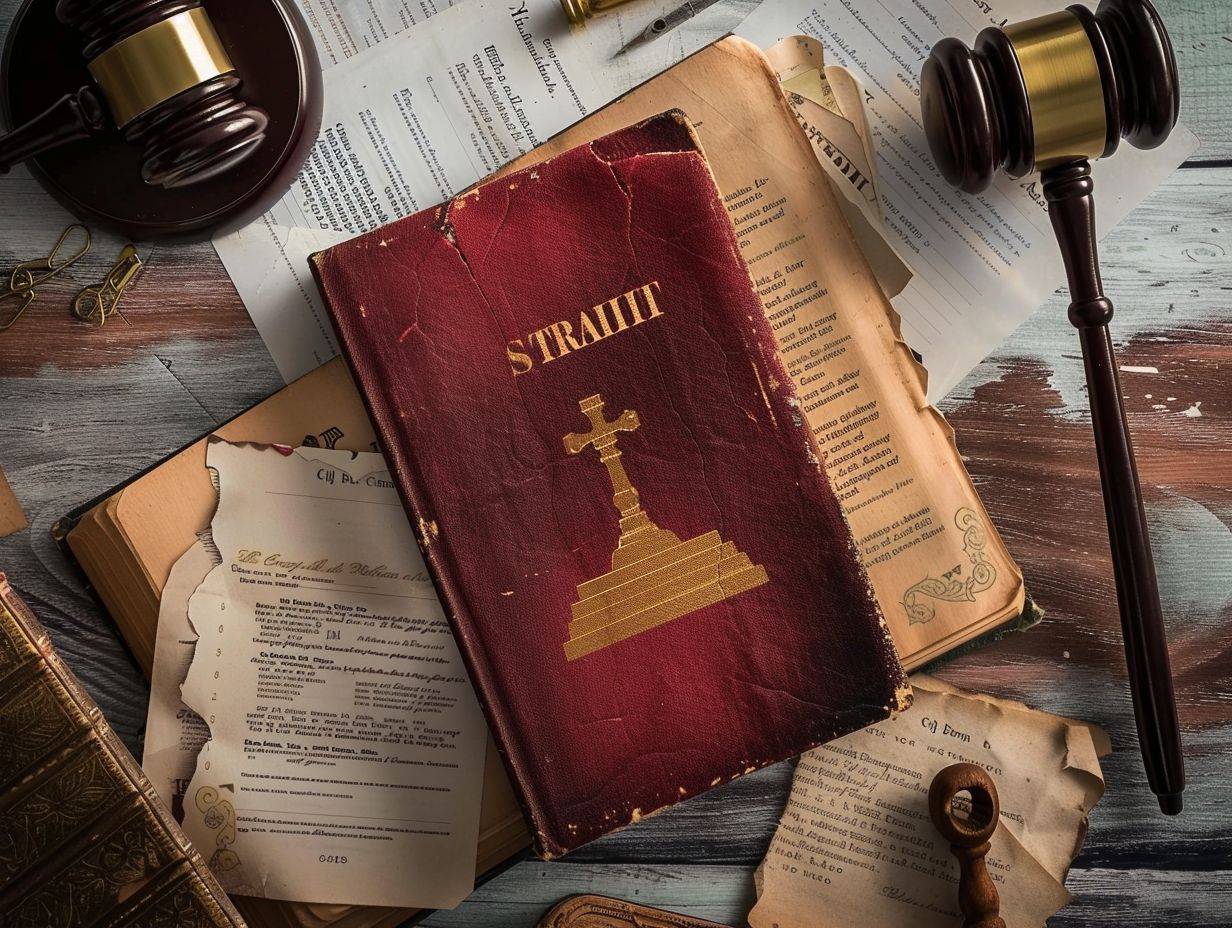
- Copyright is a legal concept that protects original works of authorship from being copied, distributed, or performed without the owner’s permission.
- The purpose of copyright laws is to encourage and protect creators’ rights and incentivize them to continue producing original works.
- Florida recognizes various types of copyright, including literary, musical, dramatic, pictorial, audiovisual, sound recordings, and architectural works.
What Is Copyright?
Copyright is a form of intellectual property law that safeguards the creators of original works, such as literary, dramatic, musical, and certain other intellectual properties, granting them exclusive rights to utilize and distribute their creations.
These exclusive rights commonly encompass the right to reproduce, distribute, display, perform, and modify the protected works. Examples of works protected by copyright law include books, articles, songs, movies, paintings, software code, and architectural designs. Essentially, any creative expression fixed in a tangible form is eligible for copyright protection.
Copyright does not protect ideas or concepts, but rather the specific expression of those ideas. This legal framework is designed to encourage creativity by enabling creators to benefit from their efforts and prevent unauthorized use or reproduction of their work.
What Is the Purpose of Copyright Laws?
The purpose of copyright laws in the United States is to provide protection to authors and creators by granting them exclusive rights to their works, thereby encouraging the creation and dissemination of creative and intellectual materials.
Copyright laws not only safeguard the financial interests of creators but also incentivize the production of new and original works. By granting creators control over the use of their creations, copyright laws enable them to derive economic benefits from their intellectual property.
These laws play a crucial role in fostering cultural and economic development by promoting innovation and creativity. The U.S. Copyright Office serves as the primary agency responsible for administering copyright laws and ensuring compliance with copyright regulations.
What Are the Different Types of Copyright?
Copyright law acknowledges different types of works eligible for protection, each possessing distinct characteristics and legal implications.
1. Literary Works
Literary works encompass a wide variety of written materials like books, articles, and academic content, all of which are safeguarded by copyright law against unauthorized use.
Authors of literary works possess certain rights granted to them by copyright law, including the exclusive rights to reproduce, distribute, and display their works. Essentially, this means that only the author or individuals authorized by the author can duplicate, circulate the work to the public, and exhibit it.
For instance, if an author pens a novel, only they hold the authority to produce and sell copies of that novel. Authors retain the right to create derivative works stemming from their original pieces, granting them supremacy over adaptations, translations, and other alterations of their works.
2. Musical Works
Musical works encompass compositions and songs, which include both the music and lyrics. These works are protected under copyright law to ensure that composers and songwriters have control over and can benefit from their creations.
These protections provide creators with exclusive rights to reproduce, distribute, perform, and display their musical works. This allows them to earn royalties whenever their music is used or performed by others.
For instance, well-known songs such as ‘Bohemian Rhapsody‘ by Queen or ‘Smells Like Teen Spirit‘ by Nirvana are covered by copyright law. This legal protection enables the respective composers and bands to receive compensation whenever these songs are played on the radio, streamed online, or featured in movies and TV shows.
3. Dramatic Works
Dramatic works, including plays, scripts, and other pieces designed for performance, are covered by copyright law to give playwrights and performers the ability to control their productions.
Copyright protection for dramatic works includes various components of the production, such as the script’s written content, dialogue, stage directions, and any original music or lyrics. Performances of these works are also protected, ensuring that actors, directors, and other contributors are acknowledged and compensated for their creative input.
This protection provides playwrights and performers with exclusive rights to reproduce, distribute, perform, and display their works, as well as the authority to permit or prohibit adaptations or derivative works based on their original creations.
4. Pictorial, Graphic, and Sculptural Works
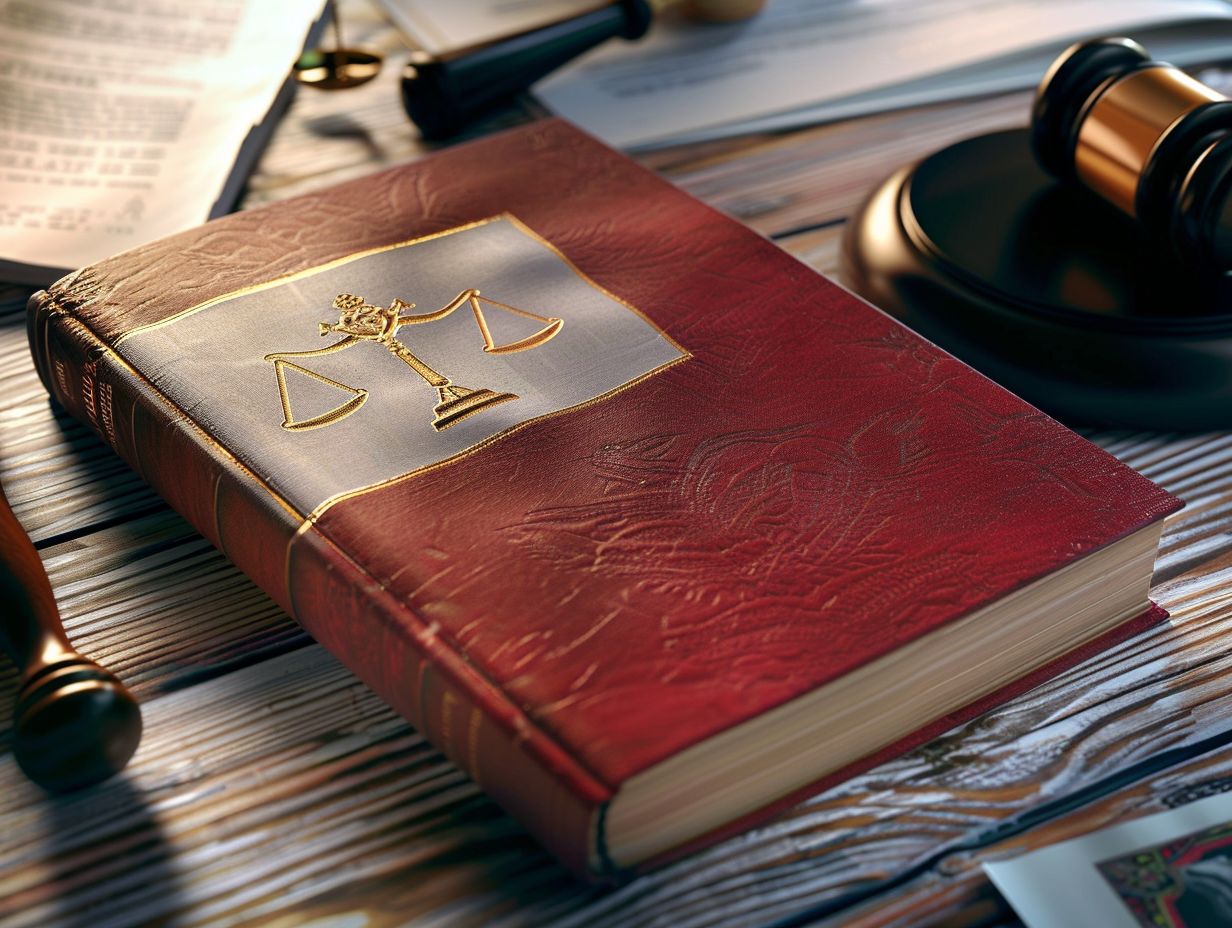
Pictorial, graphic, and sculptural works encompass various visual art forms, such as paintings, drawings, sculptures, and graphic designs, all falling under copyright protection.
Copyright protection serves as a vital tool in safeguarding the creative efforts of artists and creators within these domains. For painters, copyright ensures that their original compositions and color schemes remain under their exclusive ownership. In the realm of sculptures, creators can protect the distinctiveness of their three-dimensional artworks from unauthorized reproductions.
Similarly, graphic designers benefit significantly from copyright protection as it safeguards their creations, such as logos, illustrations, and digital designs, from plagiarism or misuse. These protections not only foster artistic innovation but also bolster the livelihoods of visual artists by acknowledging and respecting their intellectual property rights.
5. Audiovisual Works
Audiovisual works, such as films, videos, and multimedia presentations, are protected under copyright law to safeguard the rights of the creators and producers of these complex and collaborative works.
These protections encompass various components of audiovisual works, including the script, dialogues, music, visuals, performances, and overall artistic expression. Copyright ensures that the creators have exclusive rights to reproduce, distribute, perform, display, and modify their works. This legal framework is crucial for the film and multimedia industries as it incentivizes creativity, investment, and innovation.
By protecting the intellectual property of these works, copyright laws foster a thriving environment for artists, filmmakers, and content creators, allowing them to monetize their creations and establish their rights in a competitive marketplace.
6. Sound Recordings
Sound recordings are audio recordings of music, spoken word, and other sounds that receive protection under copyright law to uphold the rights of recording artists and producers.
These protections provide recording artists with exclusive rights, including the rights to reproduce, distribute, and perform their recorded works. This gives artists the authority to determine how their music is utilized and who can benefit from its commercial exploitation.
Without these protections, artists would face the risk of their work being misused or distributed without their consent, potentially resulting in financial loss and a loss of creative control. In the music industry, these rights play a crucial role in fostering creativity and ensuring that artists receive fair compensation for their talent and hard work.
7. Architectural Works
Architectural works, such as building designs and architectural plans, are protected under copyright law. This protection allows architects to maintain control over the use and replication of their designs.
Architects hold exclusive rights to reproduce their work, publicly display their designs, and create derivative works based on their original architectural creations. This protection covers both the overall design and specific architectural elements, including unique floor plans, building facades, and artistic features integrated into the structure.
Examples of copyrighted architectural works include the Guggenheim Museum in New York designed by Frank Lloyd Wright and the Sydney Opera House by Jørn Utzon. These structures demonstrate the creative expression and intellectual property rights that architects have over their designs.
What Are the Rights of Copyright Owners?
Copyright owners are provided with various exclusive rights under copyright law. These rights enable them to manage and derive benefits from the utilization of their works, such as reproduction, distribution, public performance, display, and the creation of derivative works.
1. Reproduction
The right of reproduction grants copyright owners the ability to create copies or duplicates of their works, ensuring they maintain control over the production and distribution of these copies.
This right is essential for creators across various fields such as music, literature, art, and software development. Musicians benefit from having the authorization to reproduce and sell physical copies of their albums or singles.
Authors can authorize the printing of additional copies of their books for sale. Artists have the capability to replicate their paintings or sculptures to sell multiple versions, thus ensuring exclusivity. Software developers depend on the reproduction right to duplicate programs for distribution and installation on multiple devices.
2. Distribution
The distribution right enables copyright owners to regulate the sale, transfer, or distribution of their works, allowing them to manage the dissemination of their creations to the public.
Possessing the distribution right grants creators the authority to select the platforms and channels on which their work is exhibited. This control not only protects their intellectual property but also facilitates reaching wider audiences and optimizing their earnings.
Examples of distribution channels encompass online streaming services like Netflix and Amazon Prime, physical distribution via DVD sales, bookstores for printed materials, art galleries for visual works, and online platforms such as YouTube for digital content. These diverse channels play a pivotal role in connecting creators with consumers and cultivating a lively cultural marketplace.
3. Public Performance
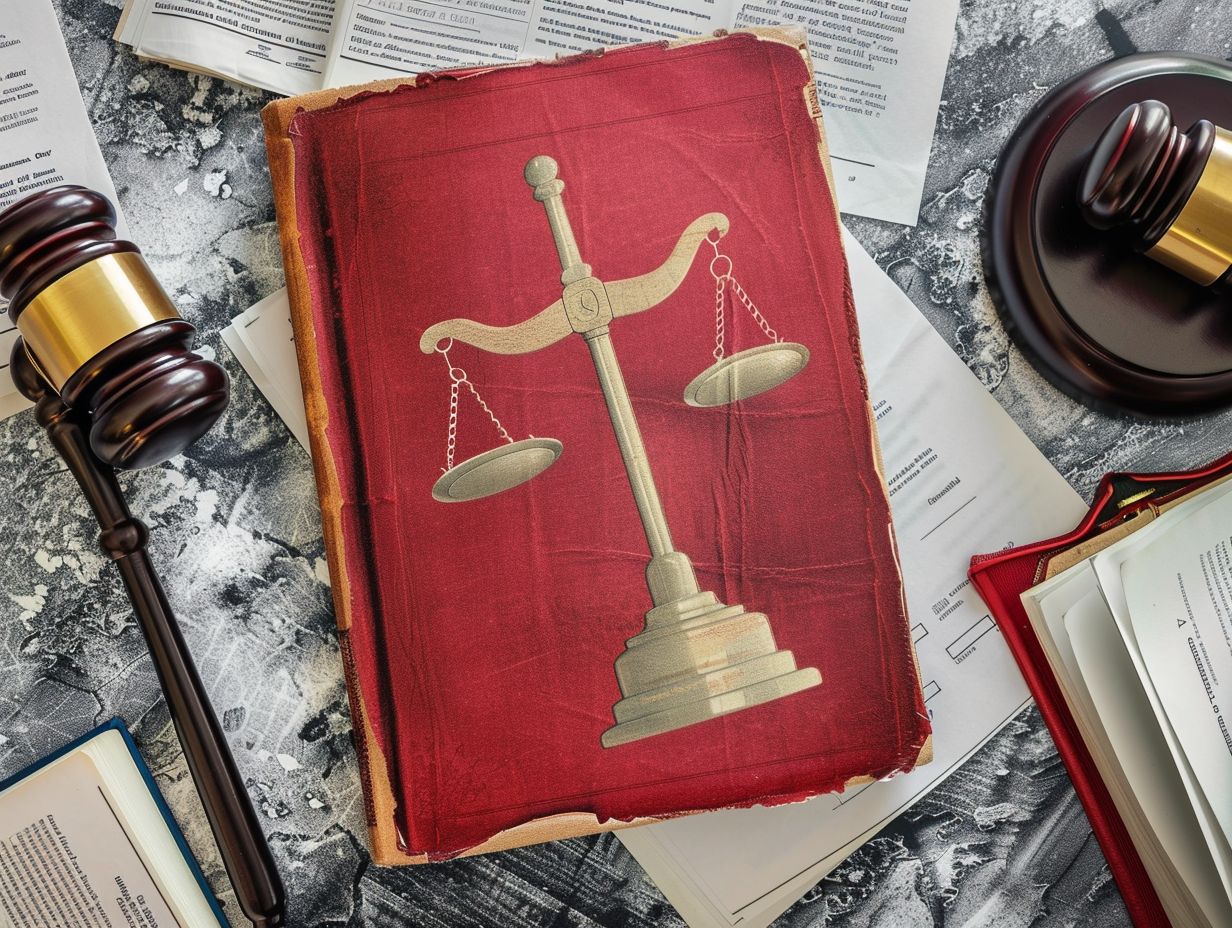
The right of public performance allows copyright owners to control how their works are performed live or broadcast to the public, protecting their interests in live shows, broadcasts, and other performances.
This aspect of copyright law is crucial for ensuring that creators receive fair compensation for their artistic endeavors. For example, musicians rely on the public performance right to earn royalties when their music is played on the radio or performed at concerts.
Similarly, playwrights and screenwriters benefit from this right when their works are staged in theaters or broadcasted on television. It also extends to other forms of artistic expression such as dance performances, poetry readings, and even public art installations.
4. Display
The right of display grants copyright owners the ability to dictate how their works are presented or exhibited to the public, allowing them to manage public viewings of their creations.
This right plays a significant role in protecting the artistic integrity and economic interests of creators. By having the power to decide when and where their works are showcased, copyright owners can prevent unauthorized usage or misrepresentation of their creations.
For instance, visual artists can ensure that their paintings are only displayed in reputable galleries to uphold the value and reputation of their art. Similarly, filmmakers can manage the screening locations and contexts in which their movies are presented, safeguarding the intended audience experience.
5. Derivative Works
The right to create derivative works allows copyright owners to control adaptations or transformations of their original works, ensuring that they can benefit from new creations based on their original content.
This derivative works right is crucial in the world of creative expression, as it give the power tos creators to safeguard the integrity of their ideas while also opening up avenues for innovative reimaginings. It applies to a wide range of artistic forms, including literature, music, film, and visual arts.
For instance, in the literary world, fan fiction and sequels are common examples of derivative works that build upon existing stories. In the realm of visual arts, reimagined interpretations of classic paintings or sculptures also illustrate the significance of the derivative works right in fostering artistic evolution and diversity.
What Are the Exceptions to Copyright Laws?
Copyright laws contain various exceptions that permit the utilization of protected works without the copyright owner’s authorization, such as the doctrines of fair use, the public domain, and Creative Commons licenses.
1. Fair Use
The fair use doctrine permits the use of copyrighted works without permission for purposes such as criticism, commentary, news reporting, teaching, scholarship, and research.
Determining fair use involves considering various factors, including the purpose and character of the use, the nature of the copyrighted work, the amount used in relation to the work as a whole, and the effect of the use on the market value.
Common examples of fair use include quoting passages from a book in a scholarly article, using a song in a parody, or critiquing a painting in an art review. This exception is vital in striking a balance between protecting creators’ rights and fostering creativity and innovation in society.
2. Public Domain
Works in the public domain are those that have expired copyrights or were never eligible for copyright protection, making them freely available for public use.
Once a work becomes part of the public domain, it allows for creative reuse, adaptation, and distribution without the need for permission or payment of royalties. This status promotes increased accessibility and contributes to a diverse cultural heritage that can be shared and expanded upon by future generations.
Tools like the Cornell Public Domain Chart can be useful in identifying works with expired copyrights to determine their public domain status.
Examples of works in the public domain include classic literature like Shakespeare’s works, the compositions of Beethoven, and historical documents such as the U.S. Declaration of Independence.
3. Creative Commons
Creative Commons licenses enable copyright owners to authorize the use of their works under specific conditions, promoting sharing and collaboration while upholding certain rights.
These licenses are available in various forms, each offering different degrees of freedom to creators and users. For example, the Attribution license permits others to distribute, remix, adapt, and build upon the work, provided that they give appropriate credit.
The ShareAlike license requires that any derivative works be shared under the same license terms. The NonCommercial license limits usage for commercial purposes. This adaptability allows creators to select the conditions that align with their intentions, enabling broader dissemination of their work while safeguarding their intellectual property rights.
What Is the Duration of Copyright Protection?
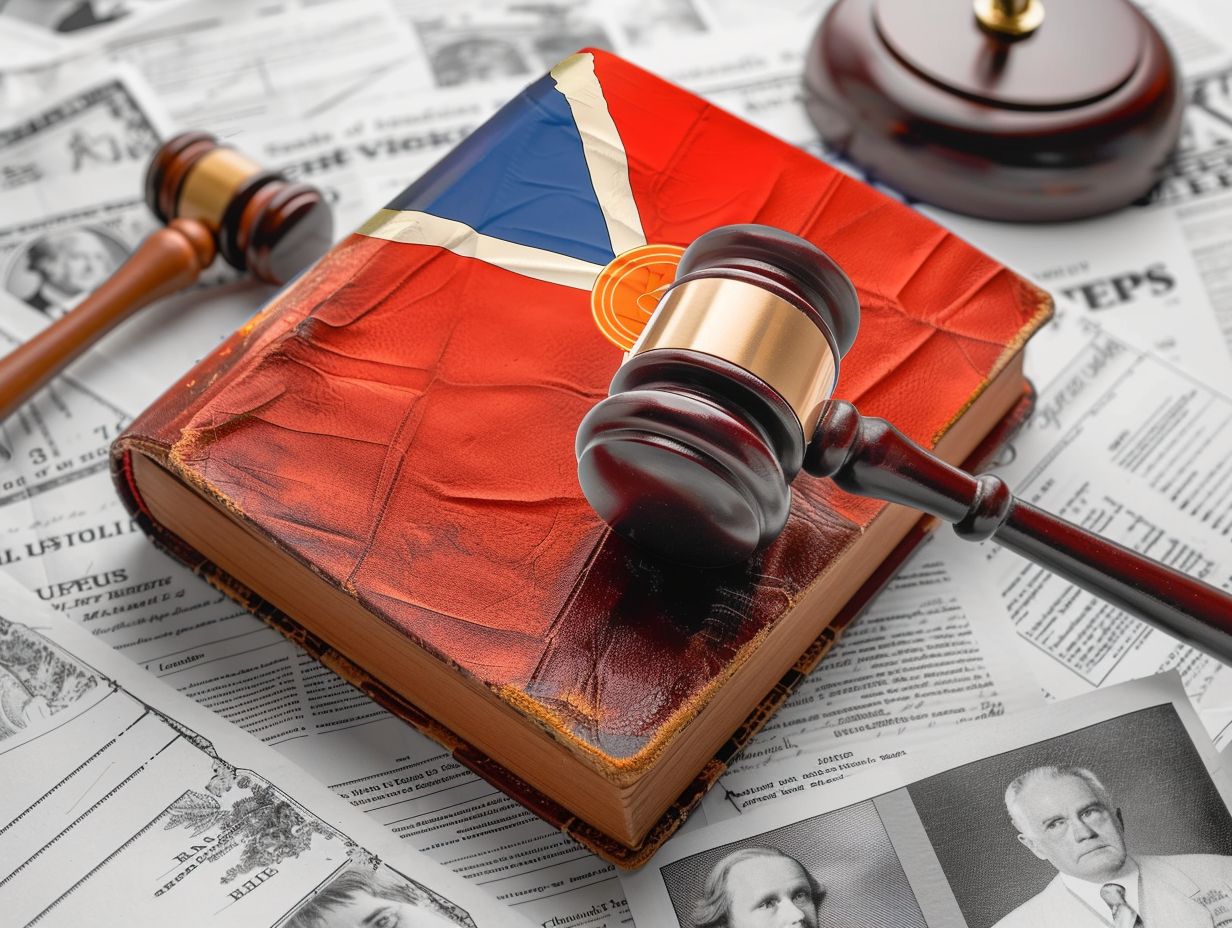
The duration of copyright protection varies depending on the type of work and when it was created. The Copyright Act of 1976 established that most works are protected for the life of the author plus an additional 70 years under federal law.
This framework ensures that creators, such as authors of books, composers of music, or designers of art, retain control over their works for a significant period. The duration of copyright protection serves to incentivize creativity and the production of new and original works by providing creators with a valuable asset that can be commercially exploited.
Simultaneously, it also benefits the public by eventually allowing these works to enter the public domain. In the public domain, these works can be freely accessed, shared, and built upon by future generations.
Frequently Asked Questions
What are Florida’s copyright laws?
Florida’s copyright laws are a set of regulations that protect the exclusive rights of creators and owners of original works, such as literary, artistic, musical, and dramatic works.
Who is covered by Florida’s copyright laws?
Florida’s copyright laws cover all creators and owners of original works, including individuals, businesses, and organizations.
What types of works are protected by Florida’s copyright laws?
Florida’s copyright laws protect a wide range of works, including books, paintings, photographs, films, musical compositions, and computer software.
Do Florida’s copyright laws differ from federal laws?
Yes, while Florida’s copyright laws are similar to federal laws, there may be some differences in terms of specific regulations and procedures.
What are the penalties for violating Florida’s copyright laws?
The penalties for violating Florida’s copyright laws can include fines, damages, and even imprisonment, depending on the severity of the violation.
Do I need to register my work with Florida’s copyright office?
No, Florida’s copyright laws automatically protect your work as soon as it is created and fixed in a tangible form. However, registering your work with the Florida Department of State can provide additional legal protection.

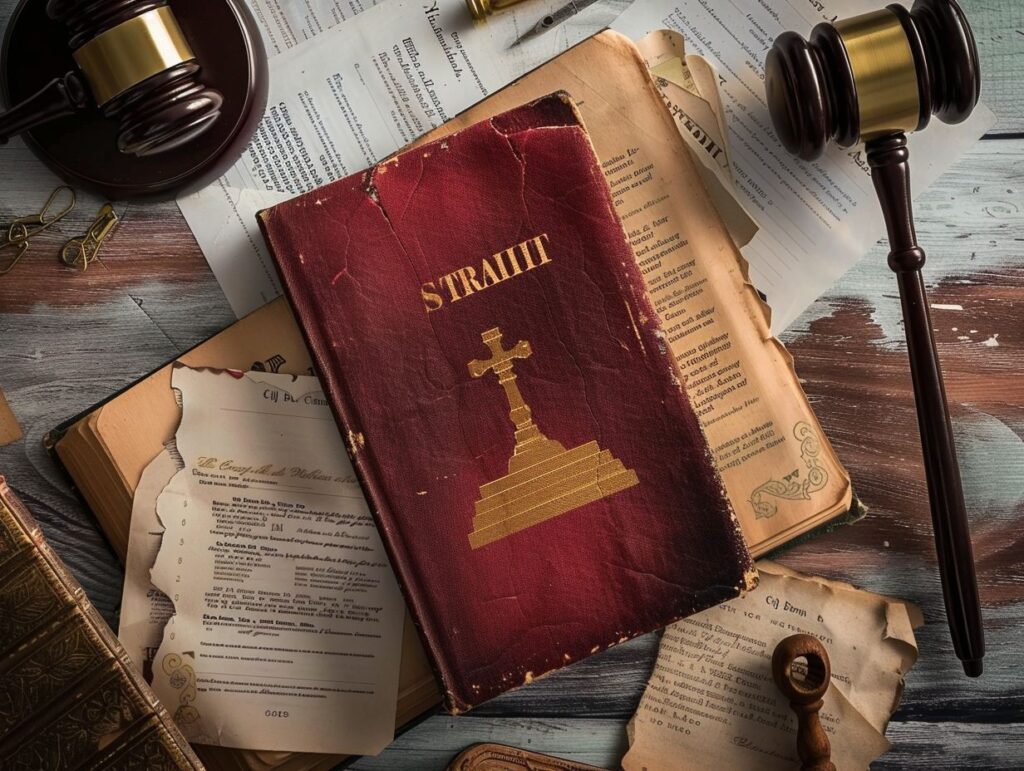



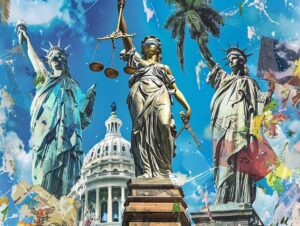













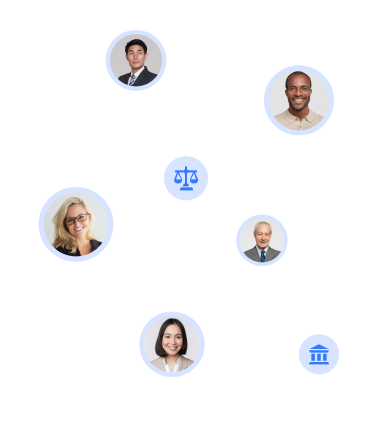
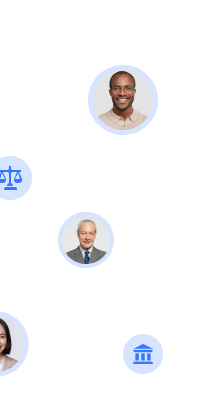


Rate this article:
Average rating 0 / 5. Vote count: 0
No votes so far! Be the first to rate this post.
No Comments yet!